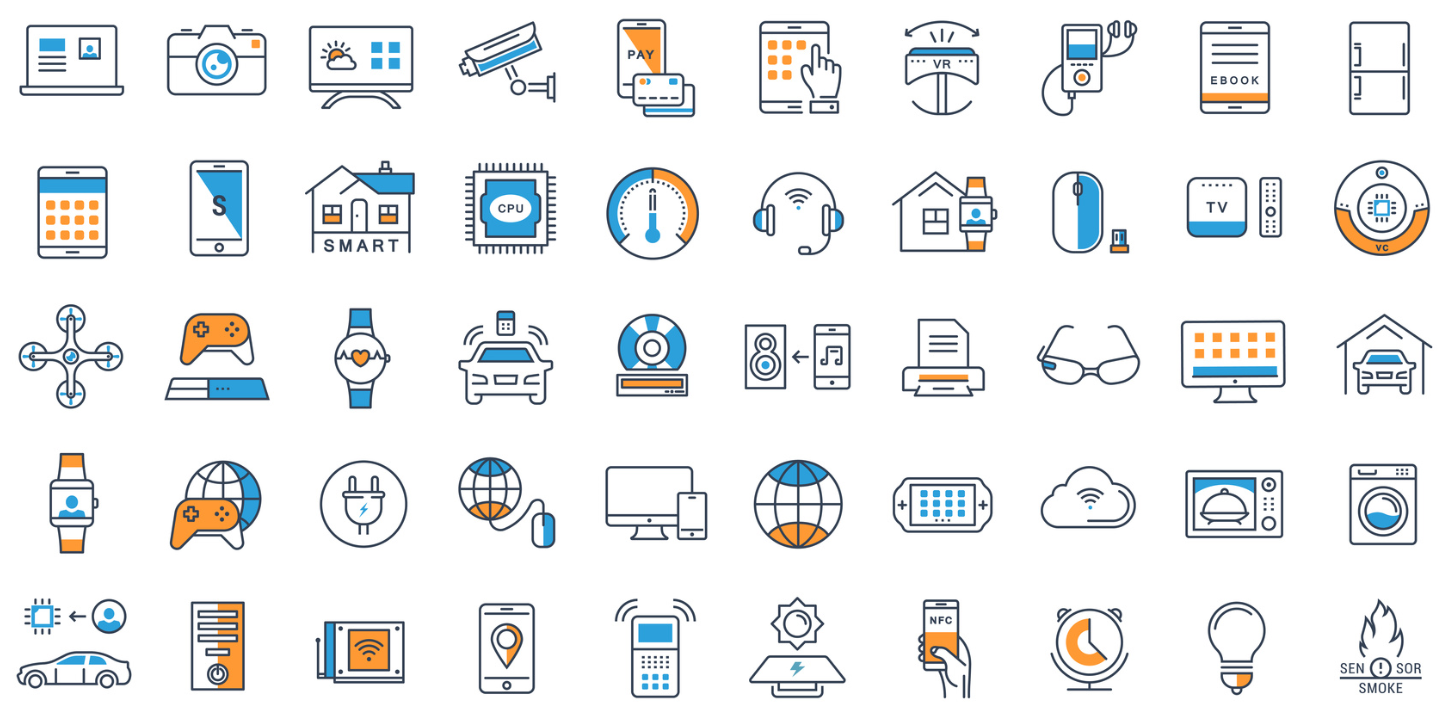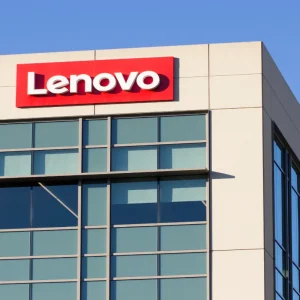
Looking at the future of enterprise technology it is all too easy to focus on just one aspect of evolving technology. Part of the reason for this is that the vendors of different technologies tend to claim that their widget will have all-reaching powers for all areas of business.
They tend to forget, or ignore, how their gadget or system will interact with other areas of business technology – and with existing enterprise infrastructure.
The hype around the internet of things is one example of this. In various forms we’ve been promised this technology for at least a decade. But it remains, to some extent at least, a solution desperately in search of a problem to solve.
Despite this there are some extremely optimistic predictions for the size, and the value, of the market.
Growth predictions vary widely from Gartner’s 6.4 billion connected devices in use by 2016 to two or even three times as many. Even Gartner’s relatively conservative analysts expect the number of devices to hit 25 billion by 2020.
There are real world examples – South Korea is pushing ahead with a project to get just about every piece of city infrastructure in Seoul linked up. And that’s part of the secret of the huge growth figures – these projects are not just about internet-connected fridges or installing a couple of smart lightbulbs in your home, they’re about linking every lamp post in a city, or putting several devices into every police car or even onto every police uniform.
The missing link for the internet of things is another technology often accused of being a solution in search of a problem – big data.
But if you start thinking about the two technologies together then suddenly they both make a lot more sense and you can start to see the value in bringing them together.
Getting data from every part of your business infrastructure is not useful in itself. You need intelligent systems to crunch that data and deliver actionable information.
At first these might be quite simple – a system which notes outliers for instance – those bits of infrastructure which perform better, or worse, than the average.
Systems need to be more intelligent than just reducing maintenance costs – your smart lightbulb needs to do more than tell you when it needs replacing.
No one wants to know what the temperature is in every part of a building every three seconds. But almost everyone wants an intelligent system that automatically controls temperatures by sending feed back to heating systems.
A few years ago a Walmart employee noticed that the vending machine in the break room contained a lightbulb which was left on 24 hours a day – and wasn’t really needed in the already bright room. Removing that single bulb from every machine saved the retailer over a million dollars a year.
By having a system which not only collects that data but is also as smart as that employee means businesses will start to see the real benefits of both internal big data projects and the promises of the internet of things.
Any internet of things project will create tons of new data. Exploiting that data effectively will be the differentiator between successful projects and failures.






